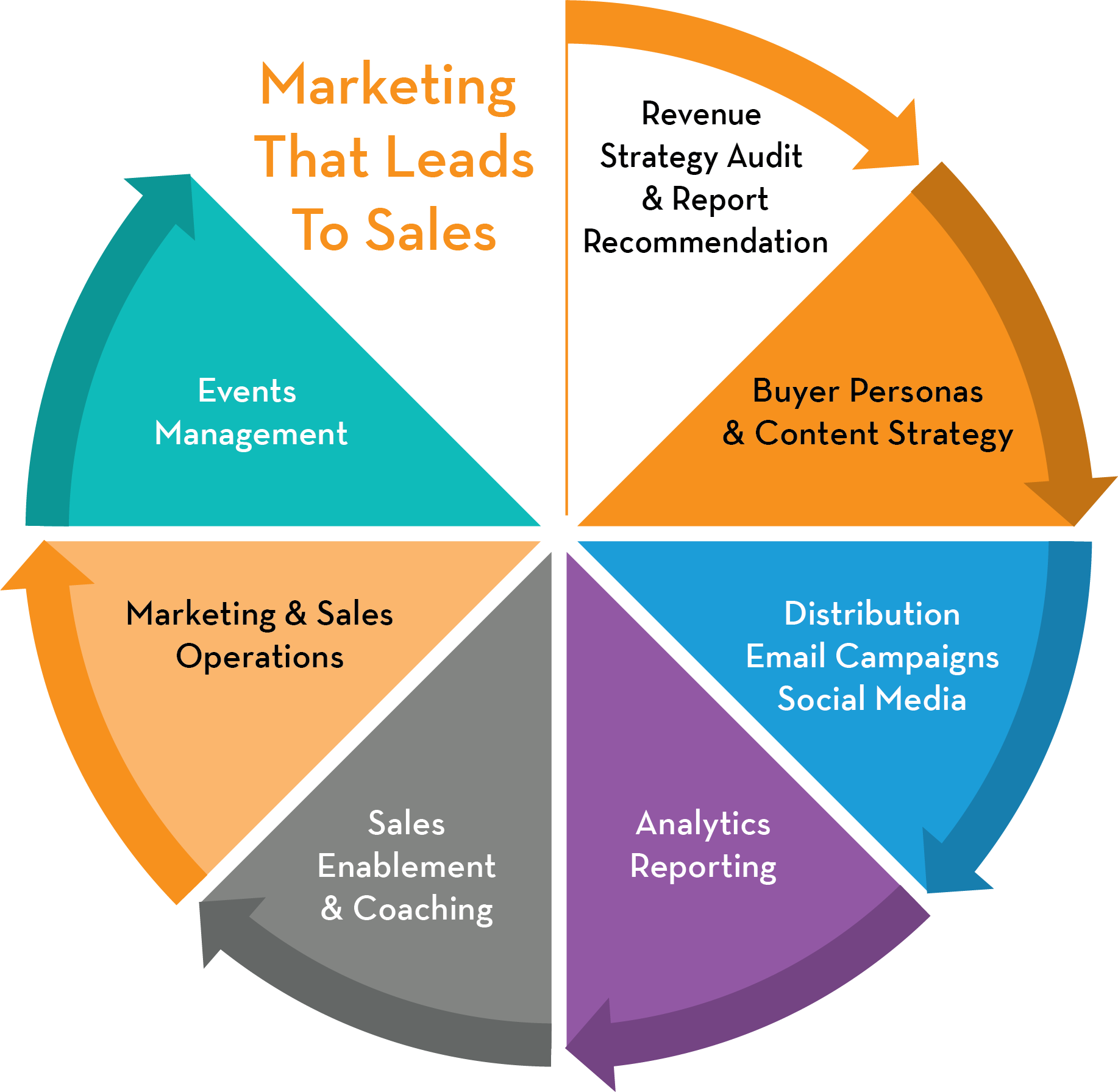Ignite your brand and rise above the competition.
Whether you’re driving innovation in tech, delivering essential services, or powering industry and commerce — we help you scale smarter and grow faster.
RPC Strategies provides sales-driven marketing services for startups, scaleups, and exit advisors who want to amplify their brand, drive demand, and convert leads into revenue.
Modernize Sales Outreach with Our Sales Email eBook.
How can you write client-focused emails that resonate and deliver exceptional results?
Using aggressive language, jargon-heavy messaging, and neglecting client challenges won’t get you a meeting.
Download “THE PROVEN SALES EMAIL CODEX“ and move beyond outdated tactics with client-focused strategies that attract and convert leads.
What makes a growth marketing strategy work?
Marketing Operations
(Inbound/Outbound/All Stages)
Marketing Operations integrates and automates data from websites, CRMs, email, and social media to optimize and measure both inbound and outbound campaigns.
Thought Leadership
(Inbound/Top)
Thought Leadership builds authority through expert educational content – like blogs, case studies, and white papers – that address client goals and challenges.
Brand Awareness
(Inbound/Outbound/Top)
Brand Awareness creates emotional connections via inbound content – thought leadership, SEO – and outbound tactics – PPC, ads, sponsorships.
Demand Generation
(Inbound/Outbound/Top/Middle)
Demand generation uses content marketing, webinars, SEO, social media, PPC, email campaigns, and event strategies to educate and nurture prospects.
Lead Management
(Inbound/Outbound/Middle/Bottom)
Lead Management generates, tracks, qualifies, and nurtures new leads and recycles non-converting leads throughout the buyer’s journey to maximize conversions and sales.
Sales Enablement
(Outbound/Bottom)
Sales Enablement provides sales teams with training, processes, and content for qualification, account planning, discovery, and product strategy to boost revenue.
Why do we know that our growth marketing strategy works?















Published in the Best of Legal Publishing
Our approach to growth marketing for B2B, SaaS, and legal tech companies has been published in the best of legal industry media.




